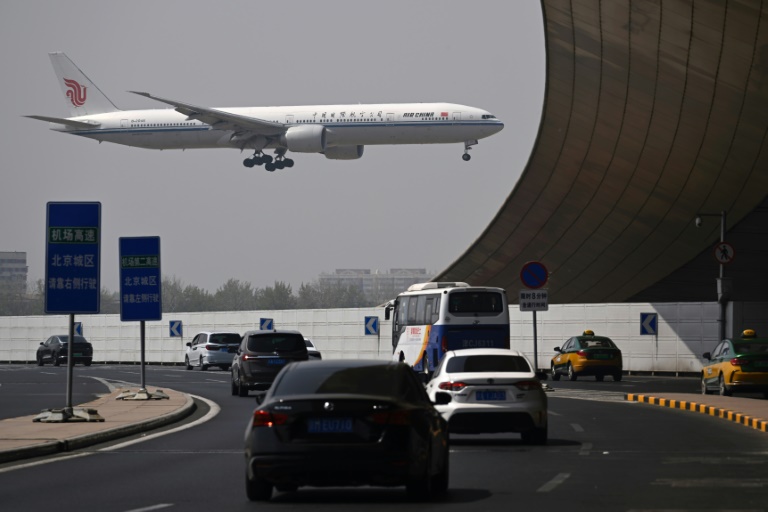New data shows that the country’s known oil and gas reserves have grown — for the first time since 2020. Modest in absolute terms, the turnaround may not be an inflection point, but it does provide at least a temporary respite from a years-long decline in domestic energy prospects and bringing hope to a country grappling with surging import bills and chronic supply shortfalls.According to Arif Habib Ltd.
’s latest report on Pakistan’s hydrocarbon sector, total oil reserves surged by 23% year-on-year, from 193 million barrels in December 2023 to 238 million barrels as of December 2024. Gas reserves remained stable at 18,142 billion cubic feet (bcf) — a marginal increase from the previous year’s 18,109 bcf, but crucially, a break in the multi-year downtrend that had seen domestic production capacities steadily deteriorate.The revival, analysts say, is being powered by an uptick in new discoveries and upward revisions in reserve estimates at a range of smaller and mid-sized fields — an unexpected silver lining in what has otherwise been a bleak energy outlook.

Pakistan has been in a steady state of hydrocarbon decline for nearly a decade. Oil and gas exploration companies struggled with low investment, regulatory uncertainty, security risks in prospective regions, and the volatile economics of global energy. Most troublingly, domestic production consistently failed to keep up with demand, forcing the country to increasingly rely on costly energy imports, particularly LNG and petroleum products.
That reliance is expensive. In FY24, Pakistan spent over $17 billion on energy imports — one of the largest contributors to its current account deficit and a major drain on foreign exchange reserves. With no nuclear or coal renaissance on the horizon and renewable infrastructure still in its infancy, the pressure to enhance domestic oil and gas output has never been more acute.
So when the Ministry of Energy’s Petroleum Division confirmed a rise in reserve estimates — supported by extensive data compiled by Arif Habib Ltd. — industry players took notice.Much of the newfound optimism can be traced to a surge in small and medium-sized oil and gas discoveries that took place throughout 2024.
According to the report, new reserve additions were incorporated from recently explored fields including Isra, Mahaan, Taj South, Baloch-2, Shewa, and Toot Deep — together contributing over 6.7 million barrels of oil and 23.3 bcf of gas to the national reserve pool.
Some of the individual success stories are dramatic:Jhandial saw oil reserves jump 76x year-on-year, making it one of the most successful revisions in recent memory.Rajian and Kunar fields recorded 5x and 19x increases, respectively.Mari Ghazij, long considered a marginal player, recorded a 21x increase in gas reserves, a staggering development that could make the field a central node in future production planning.
These discoveries, while not transformative on their own, represent a growing trend of improved exploration success rates.The data also paints a picture of diverging fortunes among Pakistan’s Exploration and Production (E&P) heavyweights.Oil & Gas Development Company (OGDC), the country’s largest E&P firm, saw its oil reserves grow by 76% year-on-year, reaching 144 million barrels — the largest for any single operator.
Additions came primarily from Pasakhi, Rajian, Kal, Kunar, and newly discovered assets like Shewa and Toot Deep.Mari Petroleum emerged as another standout, with oil reserves increasing by 77% and gas reserves by 17%. A huge part of this success was driven by the Bolan East and Shewa fields.
Pakistan Oilfields Ltd(POL) reported a 27% jump in oil and 19% increase in gas reserves, supported by expanded activity at fields like Jhandial, Pariwali, and Makori Deep.In contrast, Pakistan Petroleum Ltd(PPL) reported a 16% decline in oil reserves and a 9% drop in gas reserves, with key assets like Shahdadpur, Adhi, Sui, and Qadirpur showing signs of depletion.This divergence is crucial.
While aggregate reserve figures improved, they mask sharp disparities in operator performance and asset health. OGDC and Mari, in particular, have emerged as more agile and exploratory, while PPL’s stalling numbers raise questions about its reserve replenishment strategy.A field-by-field breakdown reveals both the strengths and fragilities in the current reserve base.
Major increases took place at Jhandial (oil, up +76x), Kunar (oil, up +19x), Rajian (oil, up +5x), Mari Ghazij (gas, up +21x), and Shewa (gas, up +351 bcf).Notable Declines took place in Nashpa (oil, down -37% year-on-year), Bettani (oil, down -26%), Sui (gas, down -11%), Qadirpur (gas, down -16%), and Kandhkot (gas, down -8%).These figures underline the aging profile of some of Pakistan’s historically most productive fields — including Sui, Adhi, and Qadirpur — while simultaneously showcasing the rising importance of fields once considered marginal or exploratory.
The report also assesses the reserve life of Pakistan’s E&P giants — the theoretical number of years each can continue producing at current rates without new discoveries. OGDC has 21 years of reserves, Mari has 15 years, PPL has 11 years, POL has 9 years, and the national average is 15 years.While these estimates suggest relative breathing room, they are based on static assumptions.
Without ongoing investment and a sustained pace of exploration, even this modest window could narrow rapidly.The good news? Pakistan may have finally rekindled its appetite for exploration — and with improved drilling technology and upstream policies gradually being modernized, the sector may be poised for more sustained expansion.Despite the optimism, the reserve rebound does not mean the sector is out of the woods.
Several underlying issues continue to plague the industry:Exploration rights are still mired in bureaucratic red tape, and acreage awards remain sluggish. Controlled wellhead pricing for local gas discourages aggressive upstream investment. Balochistan and parts of Sindh remain risky for seismic activity and field development.
Pakistan still depends heavily on foreign rigs, geophysicists, and equipment for high-complexity exploration.Unless these structural inefficiencies are addressed, the current reserve gains — while welcome — may prove fleeting.With reserves rising for the first time in four years, the government finds itself with a rare opportunity: to pivot from triage to planning.
Energy experts are urging policymakers to streamline lease approvals and expedite seismic licensing, revise pricing formulas to better reflect market realities and encourage reinvestment, promote joint ventures with global E&P firms that bring not just capital, but expertise, and modernize data infrastructure to allow better mapping and predictive modeling of reserve zones.Most importantly, the government needs to leverage this uptick as proof that exploration still pays — a critical signal in a country where faith in domestic energy potential has steadily waned.For an industry long accustomed to depletion and decline, the increase in Pakistan’s oil and gas reserves is more than just a statistical footnote — it may be cause for optimism.
Whether this marks the start of a true resurgence or just a temporary reprieve remains to be seen.But for now, the message is clear: beneath Pakistan’s soil, there’s still more to discover. And after years of retreat, the country’s energy sector may finally be ready to dig in again.
The post Pakistan’s oil and gas reserves see first growth since 2020 appeared first on Profit by Pakistan Today..
Top

Pakistan’s oil and gas reserves see first growth since 2020

The difference may not mean much in the long run, but represents good news after years of declineThe post Pakistan’s oil and gas reserves see first growth since 2020 appeared first on Profit by Pakistan Today.











